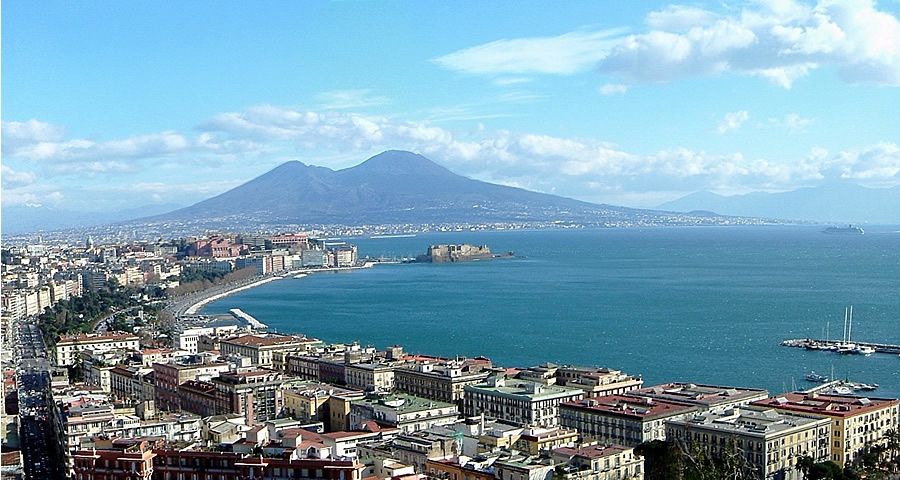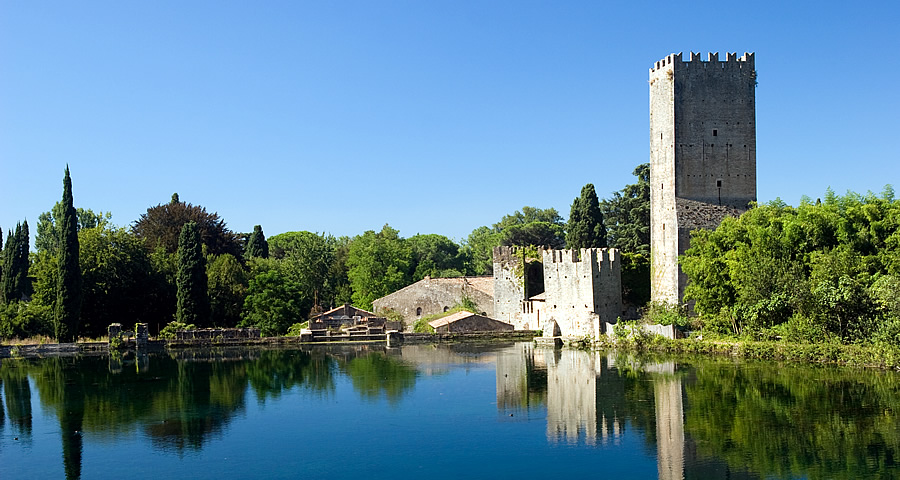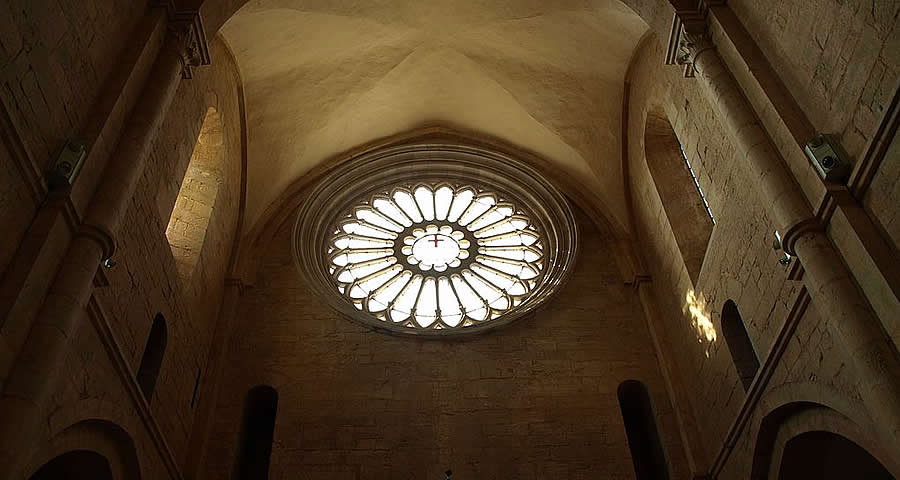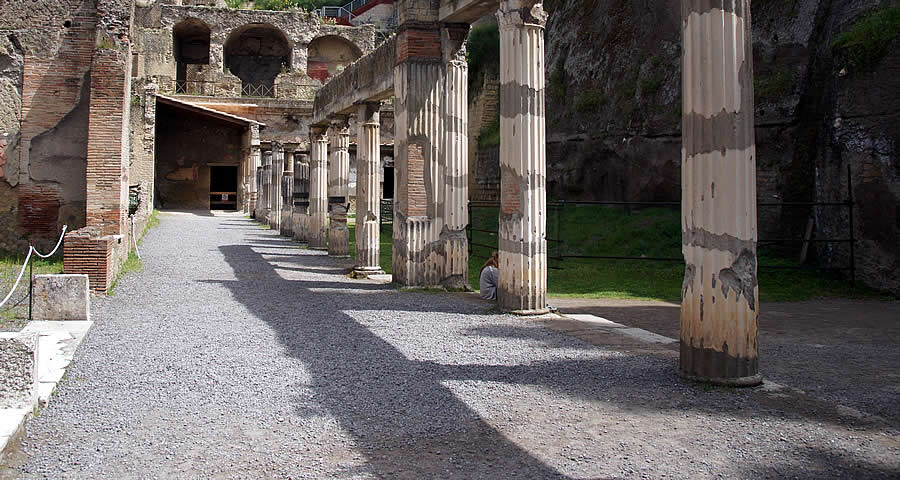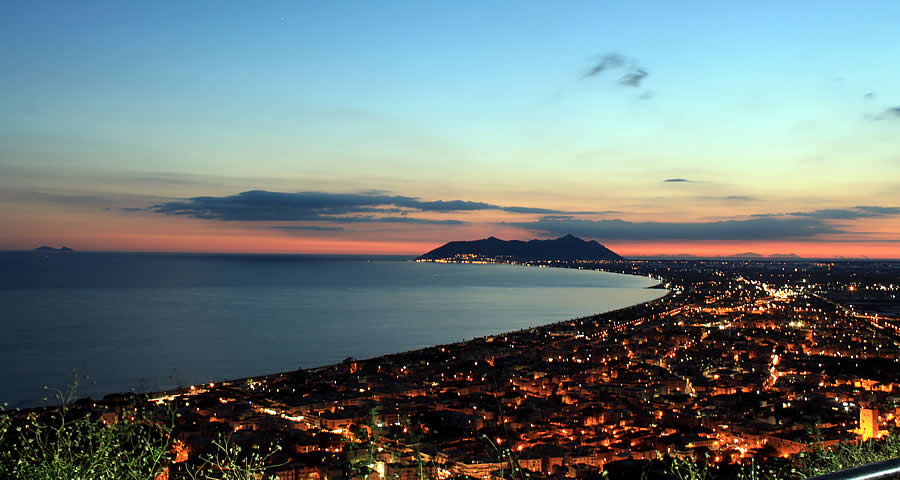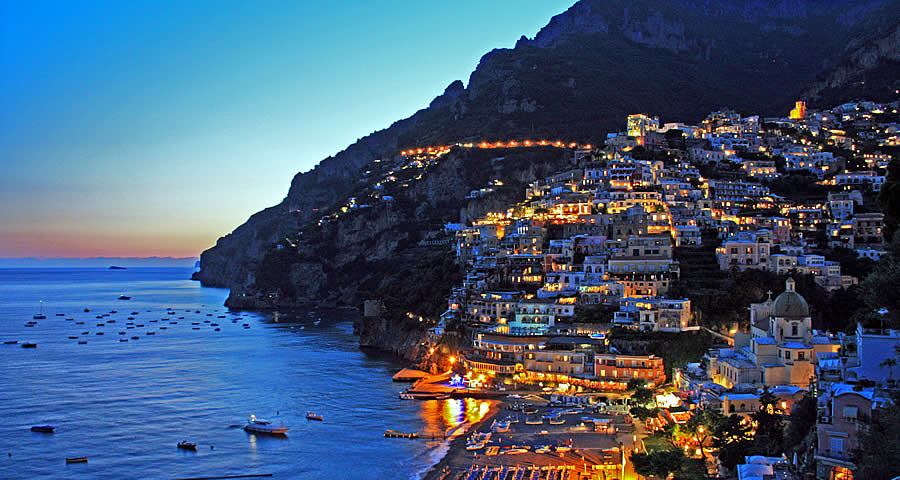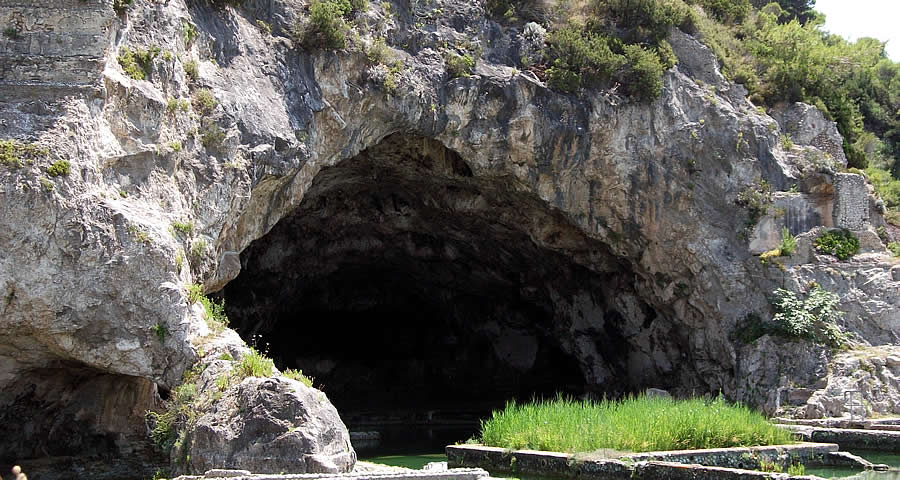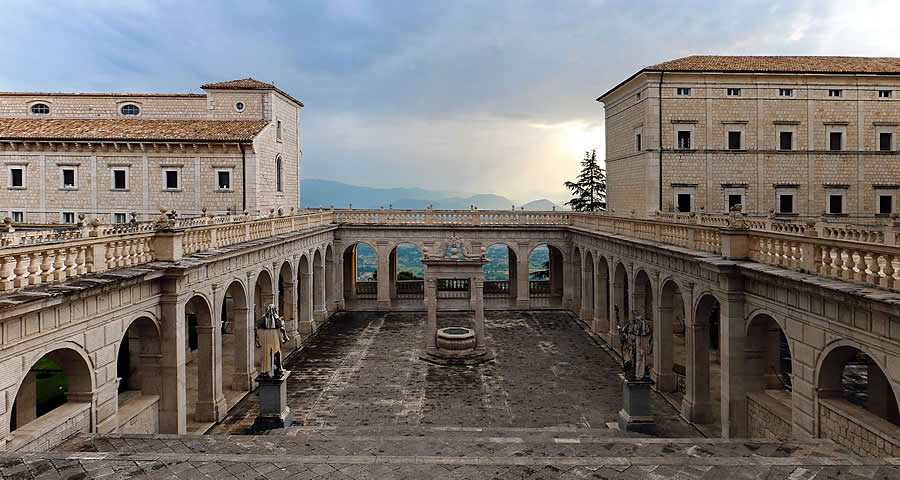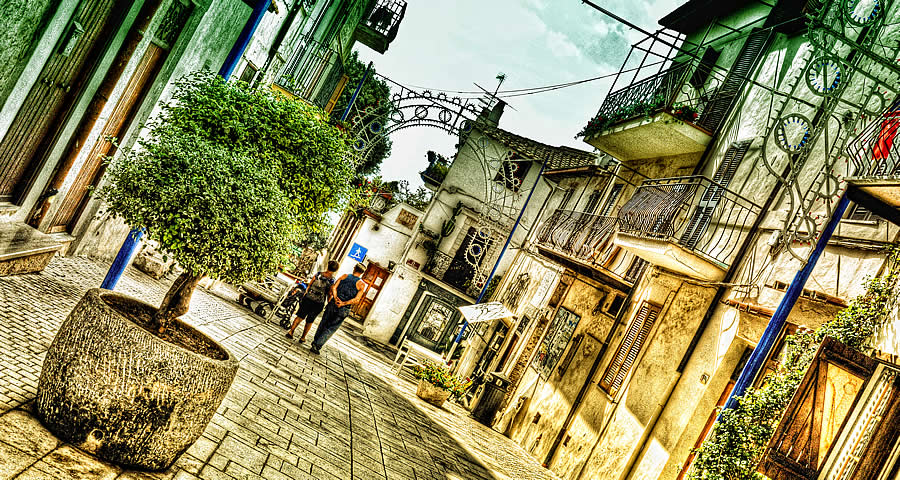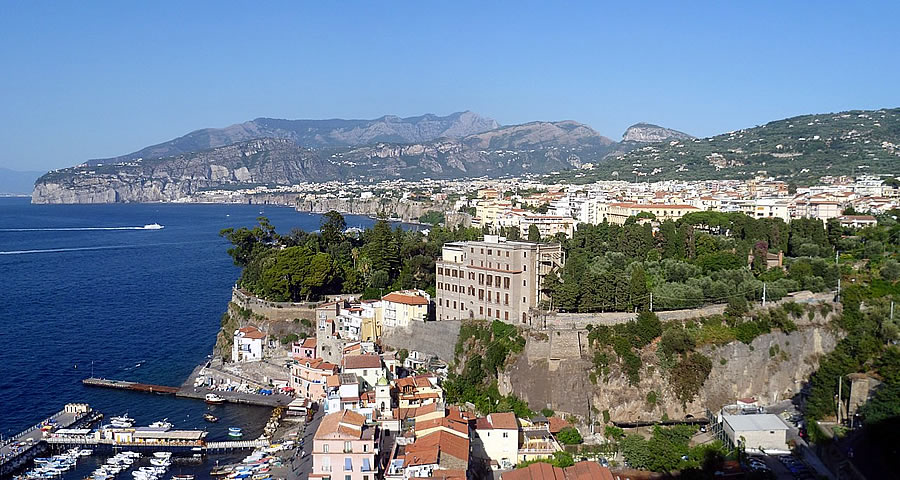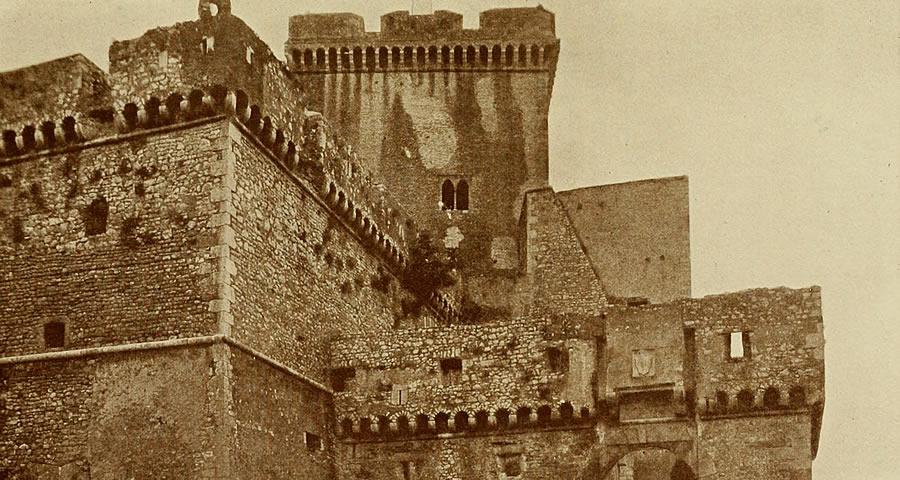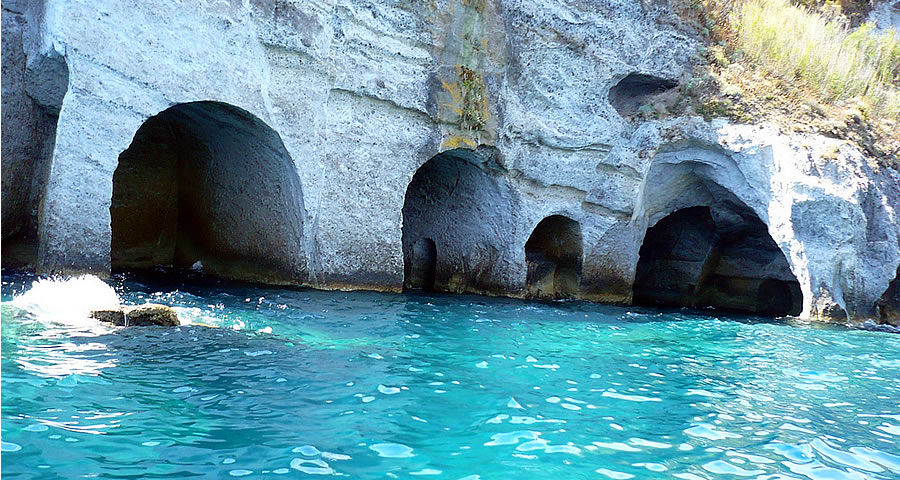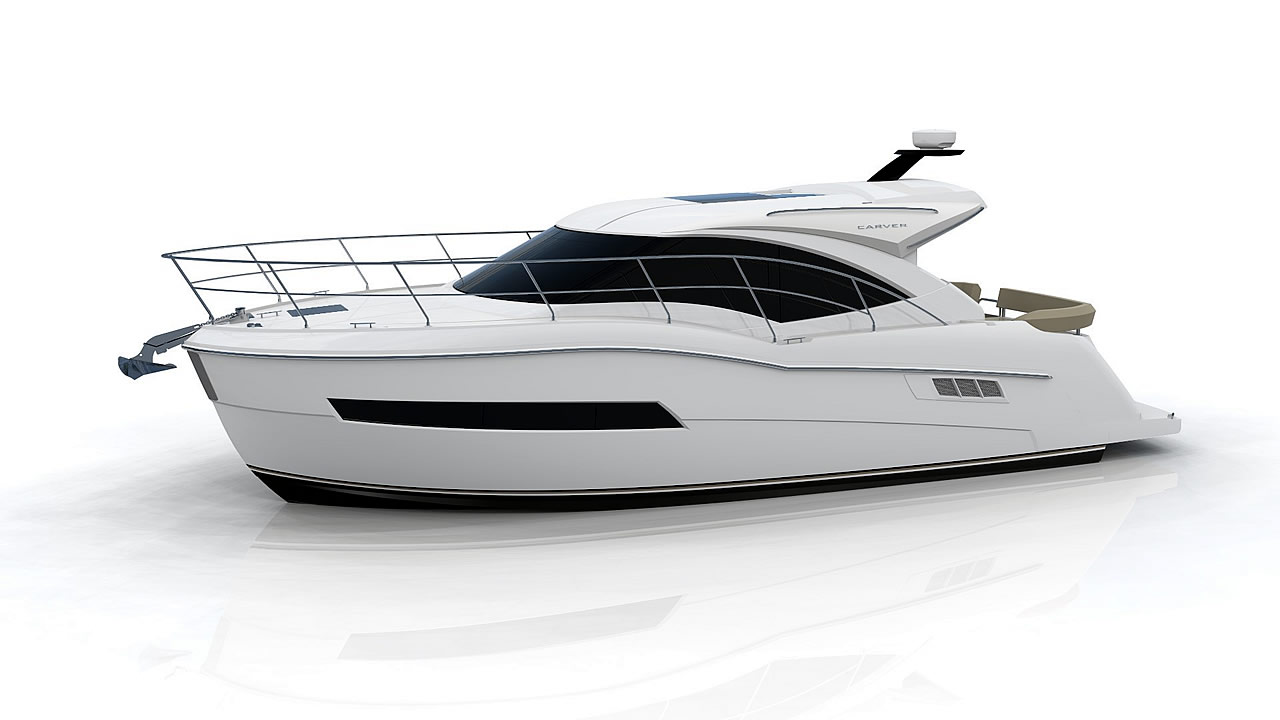Gaeta summer Italian tours private beach house holiday accommodation

Gaeta summer Italian tours private beach house holiday accommodation
Is a charming little town, Gaeta summer Italian tours private beach house holiday accommodation, of about 24,000 people who are known as Gaetani.
It is situated in the Latium region in the province of Latina.
Man has inhabited the Gaeta area since prehistoric times.
This theory has been confirmed when they found in a cave of San Felice Circeo, a town near Gaeta, the cranium of man close to Neanderthal Man.
Caveman relics can be seen in the local San Felice Circeo Museum.
Greek Influences
Greek civilization greatly influenced the people in this area, although Gaeta was not a Greek colony.
A vase was found containing figures from the myth of Dionysus, and sculpted by Salpion, a Greek who lived in the first century B.C.
The bowl was used as a mooring for ships in ancient times.
This special bowl and many other artefacts can be seen in the Nation Archaeological Museum in Naples.
Gaeta Origin
The origin of the name Gaeta is from a book written by Virgil who lived in the 29th century B.C.
This book is the source of me stories of the birth of Rome.
The story tells of Enea, who was a refuge of Troy, who came to this area looking for new land, as Troy had been destroyed.
He came here in a ship with the survivors.
Among these survivors was his wet nurse whose name was Gajeta.
She died in this area, Gajeta, later changed to Gaeta.
During roman times, Gaeta was known as a famous resort with a good harbour for ships.
Things To See
The Via Flacca, ( known as Rome Road ) leading towards the town of Sperlonga was lined with beautiful villas, gardens, swimming pools and mausoleums.
The best-preserved villa is Villa Tiberius, located just below the Sperlonga Museum.
Two Mausoleums are still in Gaeta: Plancus Mausoleum on Monte Orlando, which is the best preserved one in all of Italy.
The other one Atratino Mausoleum, just a block off Rome Road on Via Atratina, which is in poor condition because many of the stones were removed during the middle ages in order to build local churches.
During the middle ages, Gaeta became a fortified city.
It was naturally fortified because of its position on a promontory of land jutting out into the sea.
Towers and walls were built around it and it became a castrum.
These medieval walls can still be seen today on the promenade to the old Gaeta.
At one time you could not see the sea from the waterfront road.
In the IX century, Gaeta separated from the Byzantine government and became an autonomous Dukedom.
Successfully fought the Saracens.
It was ruled by the Norman Dukes in the XI century, by the Sicilians in the XII century, and then had Anjou and Aragonese rulers.
Was the northernmost line of the Bourbons during their reign over the Kingdom of Naples.
In 1848, Pope Pius took refuge here.
He coined the doctrine of the Immaculate Conception in the Annunziata, a local church.
He also elevated the status of Gaeta to an Archbishop.
In 1870, Gaeta came a part of Unified Italy.
It was heavily damaged during World War II, but has since been rebuilt and is presently a fishing center and a resort town because of the beautiful Serapo Beach and marvellous shores.


